Want to level up your Facebook Live broadcasts? Using Open Broadcaster Software (OBS) is the secret to creating professional-looking streams that capture and hold your audience’s attention. This powerful, free tool lets you control every aspect of your stream, from video quality to on-screen graphics. This guide will walk you through setting up OBS for a flawless Facebook streaming experience, ensuring your content looks and sounds amazing every time you go live.
Getting Started with Your First Facebook Stream in OBS
Connecting OBS to your Facebook account is the first step toward a more professional broadcast. This process involves linking the software to your unique Facebook streaming destination using a special code called a Stream Key.
First, you need to download and install OBS Studio from their official website. Once installed, open the program. On Facebook, navigate to the Live Producer tool, where you can create a new live video. Here, you will find your Stream Key.
It is crucial to keep your Stream Key private, as anyone with this key can stream to your page. In OBS, go to Settings, then click on the Stream tab. Select “Facebook Live” as the service, and paste your Stream Key into the designated field. After applying these settings, OBS is officially linked to your Facebook account and ready for the next steps.
Dialing in Your OBS Settings for a Perfect Stream
Optimizing your settings is essential for a stable, high-quality stream. The right configuration prevents lag, buffering, and poor video quality, ensuring your viewers have the best experience possible. Your settings will depend on your computer’s power and your internet upload speed.
Navigate to the Output tab in the OBS settings. Here, you’ll adjust the most important settings: video bitrate, encoder, and audio bitrate. The video bitrate determines the quality of your video; a higher number means better quality but requires more internet bandwidth.
For the encoder, you can choose between software (x264) and hardware (NVENC for NVIDIA GPUs, AMF for AMD GPUs). Hardware encoders use your graphics card, which can reduce the strain on your computer’s main processor. A good starting point for audio bitrate is 160 kbps for clear, crisp sound.
Here are some recommended settings for common streaming resolutions:
| Resolution | Video Bitrate (Kbps) | Frames Per Second (FPS) |
| 1080p (Full HD) | 4000-6000 | 30 or 60 |
| 720p (HD) | 2500-4000 | 30 or 60 |
Always run a speed test on your internet connection to check your upload speed before deciding on a bitrate. A good rule of thumb is to not set your bitrate higher than 75% of your available upload speed to maintain stability.
The Right Gear for a Smooth Broadcast
While OBS is a powerful software, your computer hardware and internet connection are the foundation of a successful stream. A system that can’t keep up will result in dropped frames and a frustrating experience for both you and your audience.
Your computer’s processor (CPU) does the heavy lifting of encoding your video. A modern multi-core processor is highly recommended. Similarly, having enough RAM, typically 8GB at a minimum, ensures your computer can handle OBS and any other applications you’re running smoothly.
A stable internet connection is non-negotiable for live streaming. Whenever possible, use a wired Ethernet connection instead of Wi-Fi. Wired connections are less prone to interference and provide more consistent speeds, which is vital for preventing your stream from dropping.
Here is a quick checklist for essential streaming hardware:
- A multi-core CPU (Intel i5/AMD Ryzen 5 or better)
- At least 8GB of RAM (16GB is recommended)
- A dedicated graphics card (NVIDIA GTX 16-series or newer)
- A reliable internet connection with at least 5 Mbps upload speed
Making Your Stream Look Professional
One of the biggest advantages of using OBS is the ability to customize the visual presentation of your stream. Adding simple aesthetic elements like overlays and alerts can transform a basic broadcast into a professional-looking production. These graphics help establish your brand and keep viewers engaged.
Overlays are graphics that sit on top of your video feed. They can be used to create frames, display your name or logo, or share other important information. Alerts are pop-up notifications that appear on screen when someone follows your page, shares your stream, or donates. These visual cues acknowledge your audience’s support in real-time, making them feel more connected to the broadcast.
You can find many free and premium overlay and alert packages online, or you can create your own if you have design skills. Adding these elements in OBS is simple: just add them as “Image” or “Browser” sources within your scene.
How to Keep Your Audience Engaged
A flawless technical setup is only half the battle; the other half is engaging with your audience. Interaction is what makes live streaming special. When viewers feel like they are part of the show, they are more likely to stay longer, come back for future streams, and share your content with others.
Make it a habit to read and respond to comments as they come in. Address viewers by their names to create a personal connection. Asking questions is another powerful way to encourage participation. You can ask for opinions, run live polls, or simply ask how everyone’s day is going.
Creating a community around your stream is the ultimate goal. When you foster a welcoming and interactive environment, viewers will start to feel like regulars. This not only boosts your engagement metrics but also makes streaming a more rewarding experience for you.
Solving Common Streaming Problems
Even with the best preparation, technical issues can sometimes arise. Knowing how to quickly troubleshoot common problems like connection drops or audio sync issues can save your stream from disaster.
If your stream is lagging or dropping frames, the most common culprits are your bitrate settings or your internet connection. Try lowering your video bitrate in OBS to reduce the strain on your connection. Also, make sure no one else on your network is using up bandwidth with large downloads or streaming.
Audio and video falling out of sync is another frequent problem. This often happens because of a processing delay between your microphone and camera. In OBS, you can fix this by going into the Advanced Audio Properties and adding a “Sync Offset” to your microphone. You may need to experiment with a small delay (like 200-500 ms) to get them perfectly aligned.
Frequently Asked Questions about Streaming on Facebook
What is the best resolution to stream on Facebook?
For most streamers, 1080p (1920×1080) at 30 or 60 frames per second offers the best balance of quality and performance. If your internet or computer struggles, streaming at 720p (1280×720) is an excellent alternative that still looks great on most devices.
How do I add my webcam and gameplay to OBS?
You can add different sources to your OBS scene. To add your webcam, click the “+” button in the “Sources” box and select “Video Capture Device.” For gameplay, select “Game Capture” to capture a specific game or “Display Capture” to show your entire monitor.
Can I stream to Facebook and another platform at the same time?
Yes, you can stream to multiple platforms simultaneously, which is called multistreaming. While OBS does not have this feature built-in, you can use third-party services like Restream.io, which integrate with OBS to send your stream to Facebook, YouTube, Twitch, and more.
Why does my stream look blurry or pixelated?
Blurry or pixelated video is usually caused by a bitrate that is too low for the resolution and frame rate you are streaming at. For fast-paced content like gaming, you need a higher bitrate to maintain clarity. Try increasing your video bitrate, but make sure your internet upload speed can support it.
How can I promote my Facebook stream before I go live?
Promote your stream in advance to build anticipation. Create an event on Facebook with the date and time, and share it in relevant Facebook groups. You can also post eye-catching announcements on your timeline with a brief description of what viewers can expect.

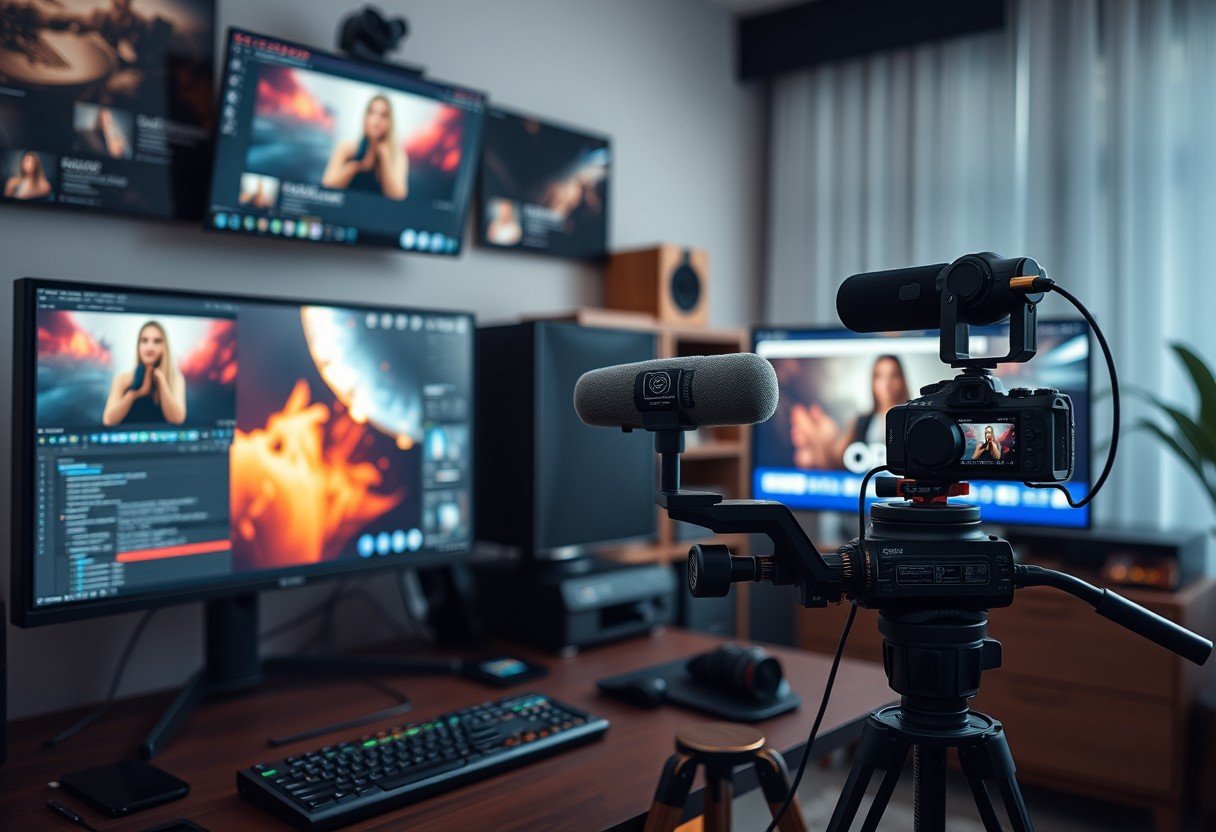
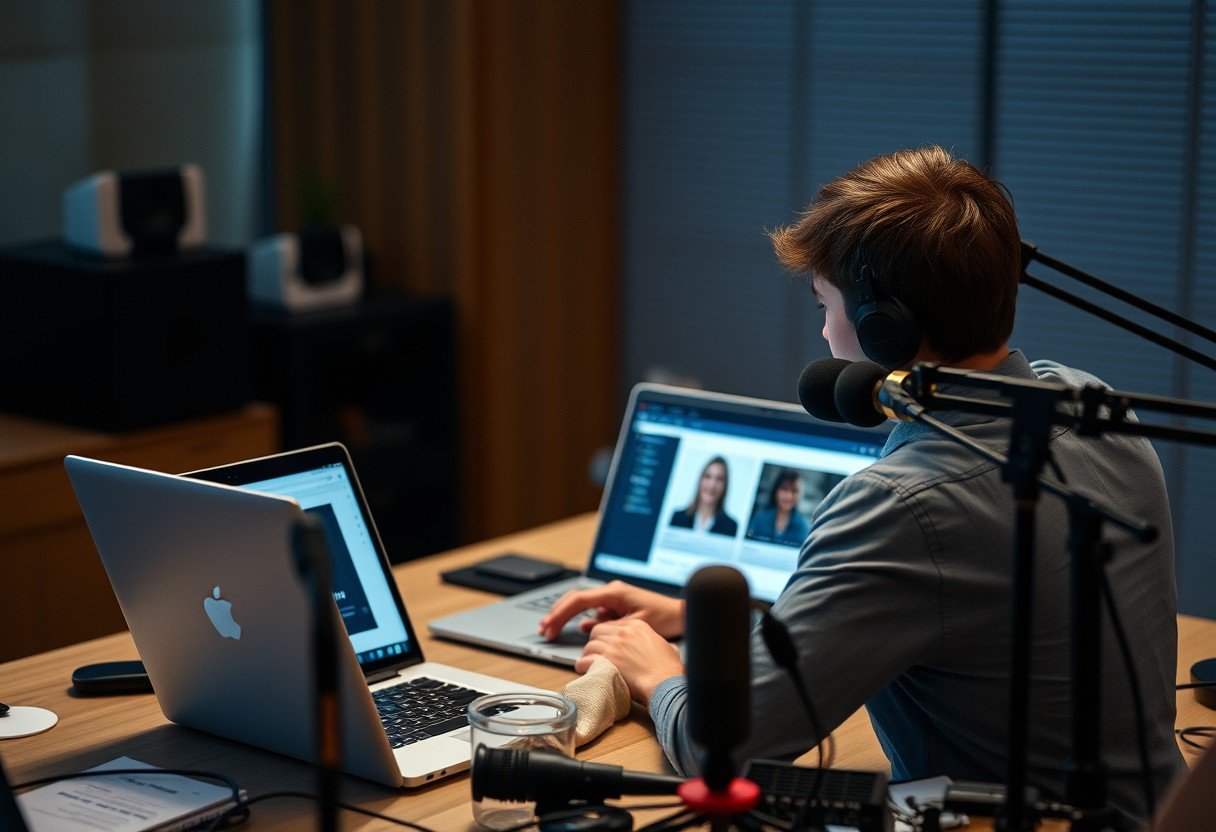
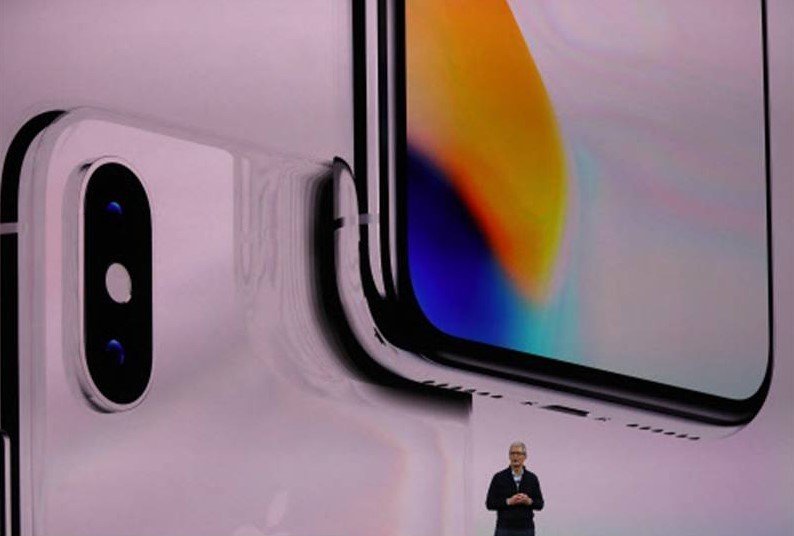
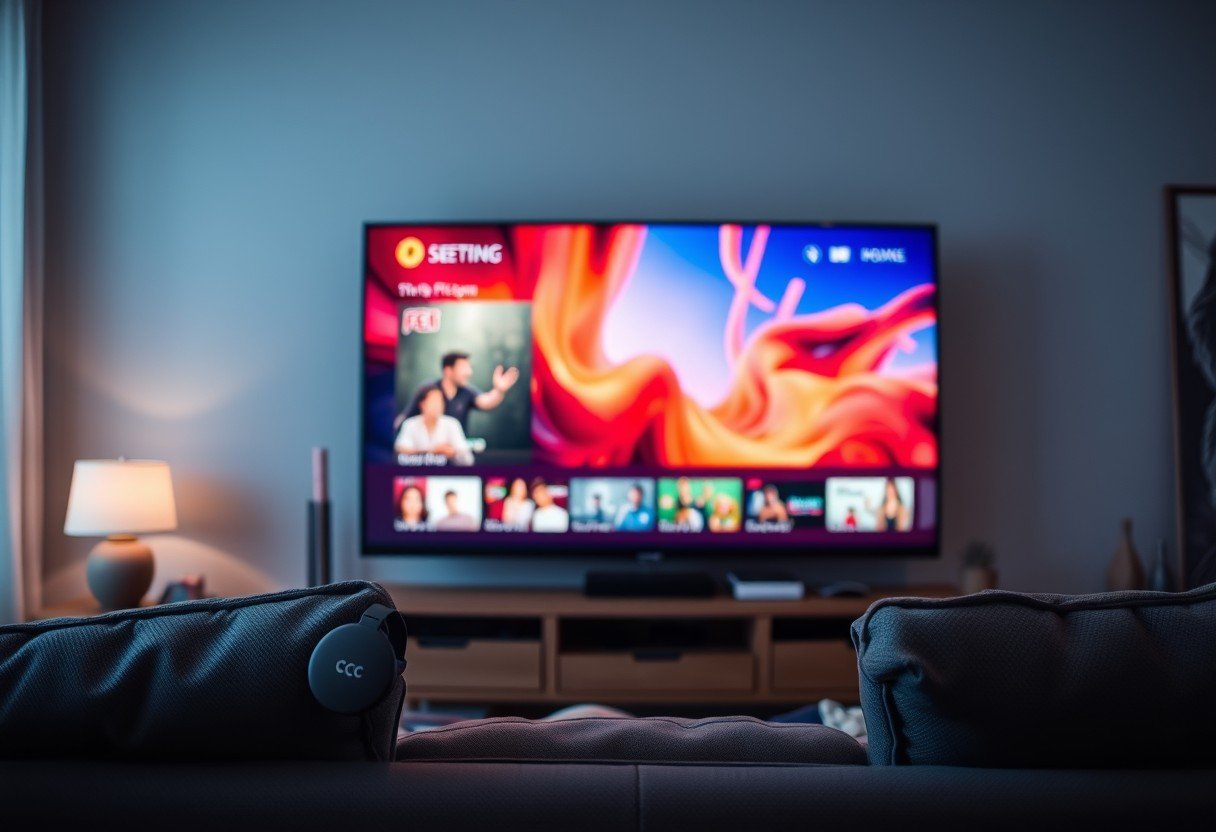

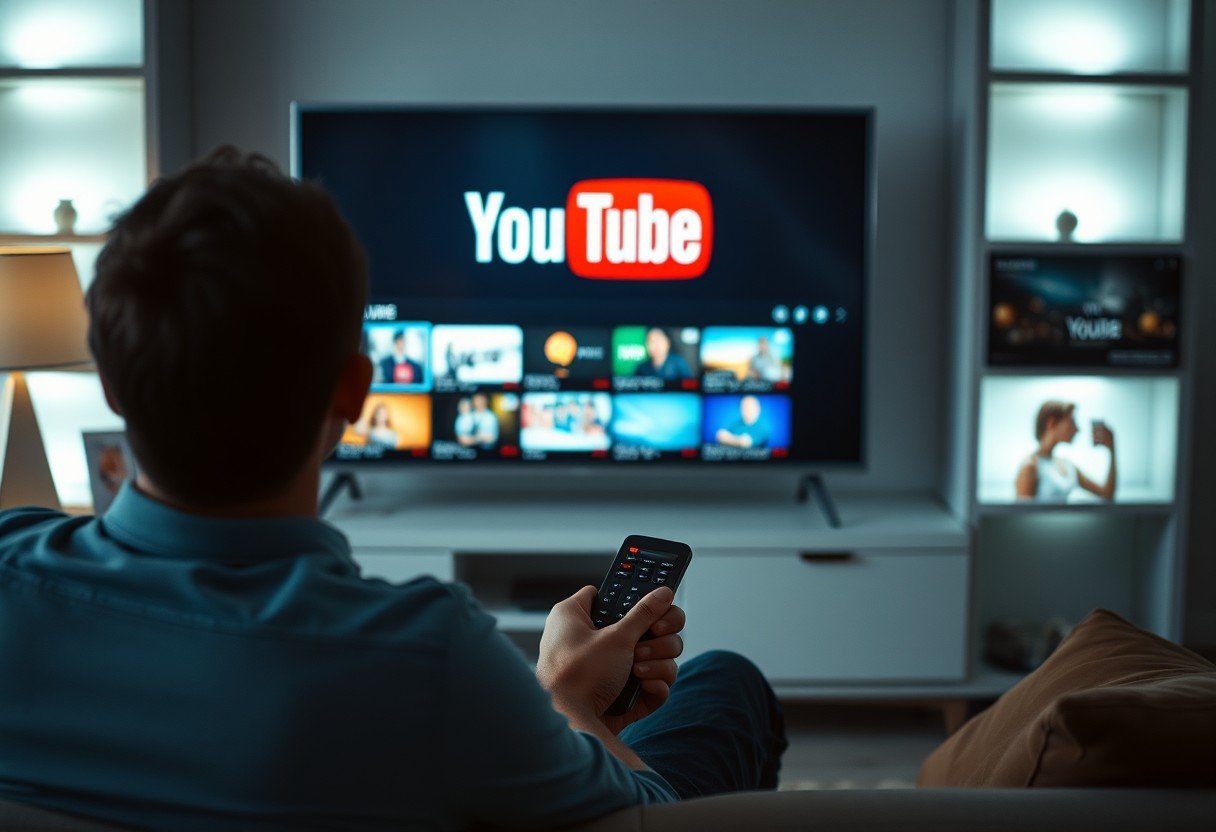
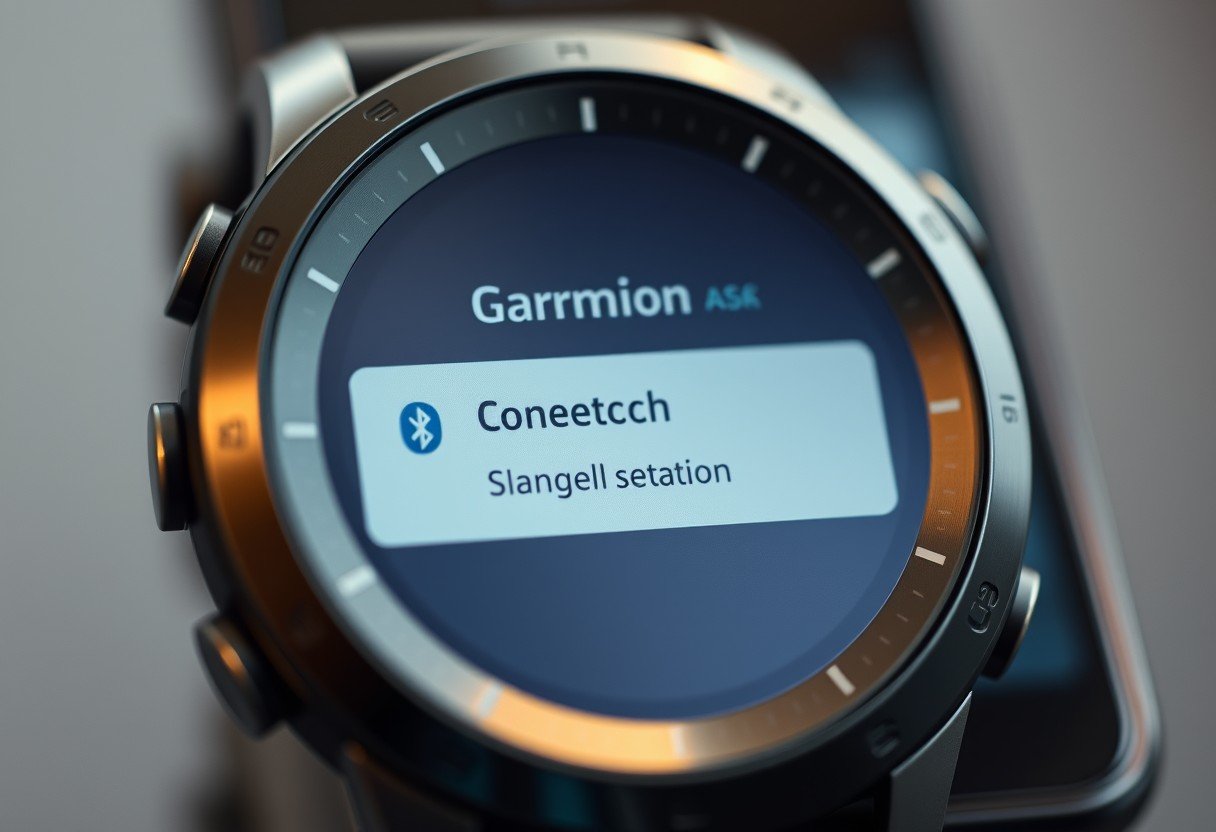
Leave a Comment